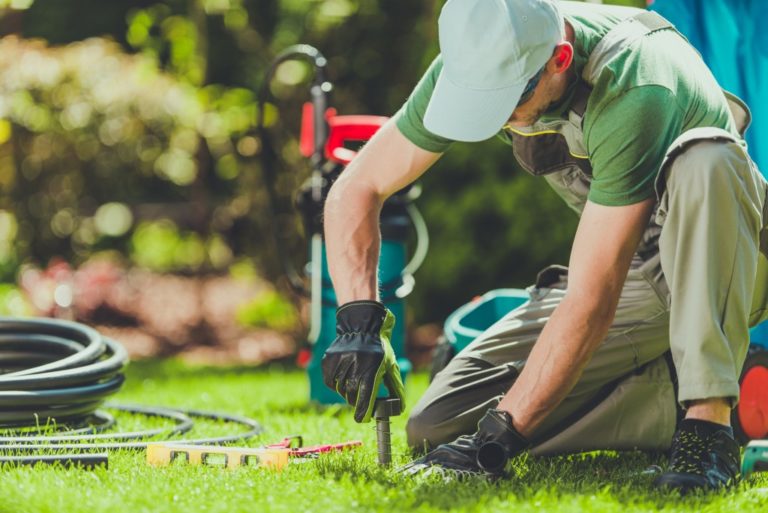Not everyone lives in homes with vast lands in their backyard. They would even be lucky enough to have just a small space to have a garden. Another case is when the garden area is infested with weeds, dead plants, and withered trees. It would definitely take a lot of work, like taking out the weeds, grinding the stump of a cut down tree, and quite possibly, tilling the soil. Doing so might be particularly helpful if you live in Guildford and plan to join “Guildford in Bloom.” The point is, most people live in overpopulated cities that makes the housing situation less and less ideal. Spaces are becoming more cramped which means that becoming smart and resourceful comes in handy.
So after you’ve cleared out your garden space, here are some steps that might help you to make the most out of it:
1. Plan It Out
There are a plethora of options to choose from with regards to what kind of garden you want to start. Will it be a veggie garden? A flower garden? Or will it be a mix of the two or something else? Then under those options, you’re going to have to choose what types of veggies, or flowers, or herbs. And again, you’re going to have to base the kinds you buy on the season. The list goes on and on which is why planning ahead and conducting research if you want your garden to be a success.
2. Prepare The Grounds
Once you’ve done the stump grinding and weed clearing, preparing the grounds for new life to grow in it is essential. For the longest time, they have been hosting plants that suck the nutrients out of them which eventually killed the cultivated plants surrounding them. After tilling the soil, cover it with layers of compost. You can usually buy this in gardening shops around your area. Once the compost has settled, fertilize the ground with organic matter. This can go from anything like dried leaves to manure. It isn’t advisable to rush this process.
3. Dig, Dig, Dig
At this point, the soil should have absorbed most if not all of the compost and organic matter. Digging the soil occasionally can help loosen it which would be ideal for your plants’ future roots to snivel through the cracks. It’ll also help the soil deal with moisture a lot better with moisture.
4. Know and Love Your Plants
Don’t rush the process of choosing your plants. Make sure that you know everything that you can about your plant so you can care for it appropriately. There are different elements when it comes to plant care; you have the type of soil, the amount of sunlight, the weather, the amount of water it needs, whether or not it has to be cultivated in a pot before transferring it to the ground, etc. This process will also allow you to estimate the plants sizes when it reaches maturity, giving you ample space to strategize where they will be placed and how they would look like together.
5. Consistency
Being consistent in caring for your garden would be the key to keeping them alive. Its care must become a part of your habit. Weeds might still pop out somewhere so you better keep an eye out for those.
Doing these steps and being patient with them can help you have a garden that is sure to flourish.
